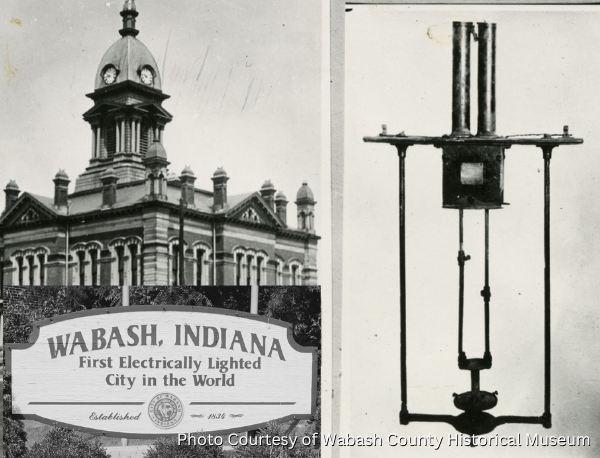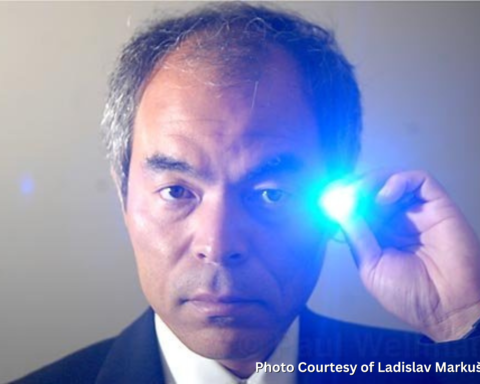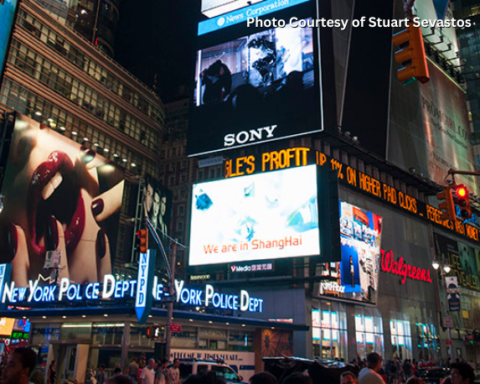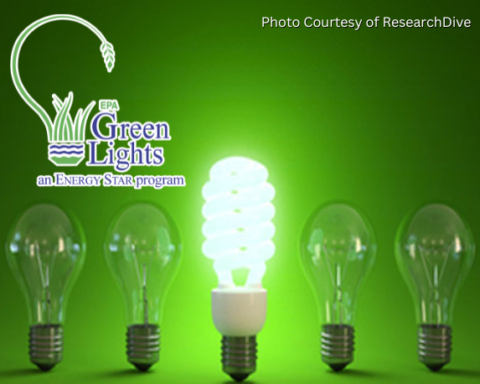In the late 19th century, as the world was on the brink of an industrial revolution, a small city in Indiana embarked on a groundbreaking journey that would forever change the way we view electricity.
Wabash, Indiana, a picturesque town nestled in the heartland of America, became the first fully electric city in the world. This remarkable achievement not only transformed the lives of its residents, but also paved the way for the electrification of cities worldwide. Join us as we delve into the captivating history of Wabash, Indiana, and its pioneering role in the electric revolution.
The seeds of Wabash’s electrification were sown in the late 19th century when Cleveland inventor, Charles Brush, modified a carbon arc lighting system, utilizing motors to control the distance between two carbon rods, in which electricity jumped from one to another, creating consistent electrically-powered light.
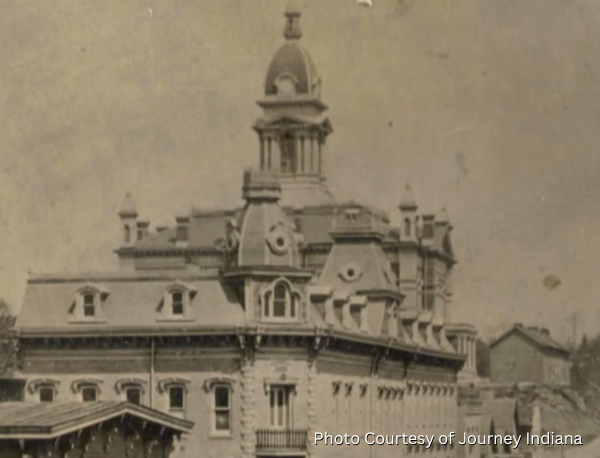
As an advertising stunt for his new lighting system, Brush searched for the first city to install them — and Wabash, Indiana caught his eye. With a brand new courthouse, placed on top of a hill, the light cast down from it would brighten up the entire town.
On February 2, 1880, the Common Council of Wabash agreed to assist Mr. Brush in proving his light’s usefulness. The council appropriated $100 to the Brush Electric Light Company for the test, and the experiment was underway!
The Brush Light Company installed four 3,000-candle power lamps, suspending them from the flagstaff on the Wabash County Courthouse dome. For this initial test, a dynamo, driven by a six-horse steam engine, provided the electricity. At 8 p.m. on March 31, 1880, more than 10,000 people witnessed the event as arc lights from the courthouse spread light throughout the area. A report states that the light was visible as far as a mile from the courthouse square.
A couple of headlines of the day expressed the excitement over the success of Brush’s light. From the Grand Rapids Times (Grand Rapids, Michigan), “The city of Wabash, Indiana, is to be lighted by electricity hereafter. The initial test of the system was made Wednesday night and proved entirely successful.” From the Chicago Tribune (Chicago, Illinois), “The lighting of an entire city by means of electricity seems to have been accomplished. Over ten thousand witnessed the test.”
However, for those who lived nearby, the novelty of being on the forefront of cutting-edge technology wore off quickly. With an achieved intensity of 3,000 candlepower, and operating most nights until 2am, the flickering brightness soon began to receive complaints.
In addition, every two weeks the carbon rods on the lamps needed to be replaced, which required someone to scale the courthouse dome, open a hatch, and climb in to replace them.
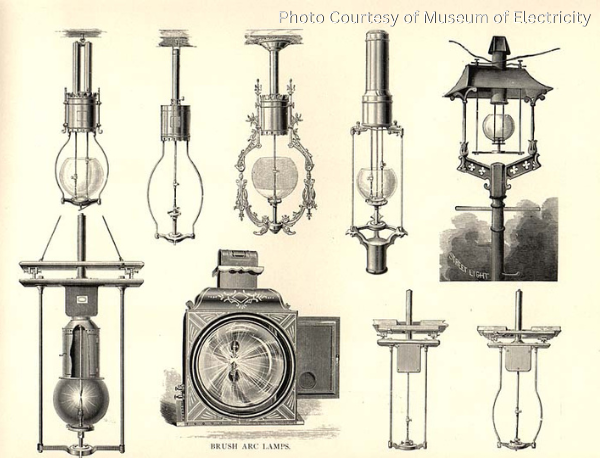
The Brush Lights remained lighting the Wabash, IN, community until September 1888. Now, only one of the original lights remains—on display on the first floor of the courthouse.
The 1880s were a time that Wabash shined as a beacon of progress and innovation. Wabash served as a catalyst for other cities to adopt various electric lighting technologies which helped these towns attract new industries, create jobs, and boost the local economy. It also improved the quality of life for residents, allowing for longer working hours, increased leisure time, and a higher standard of living.
Wabash, Indiana, holds a special place in history as one of the birthplaces of the electric revolution. Through the vision and determination of its leaders, this small city transformed itself into a shining example of progress, becoming the first fully electric city in the world. Wabash’s electrification not only improved the lives of its residents but also sparked a global movement that forever changed the way we live, work, and interact with our surroundings. Today, we owe a debt of gratitude to the pioneers of Wabash for their remarkable contribution to the world of electricity.
Featured Image Courtesy of Wabash County Historical Museum.
